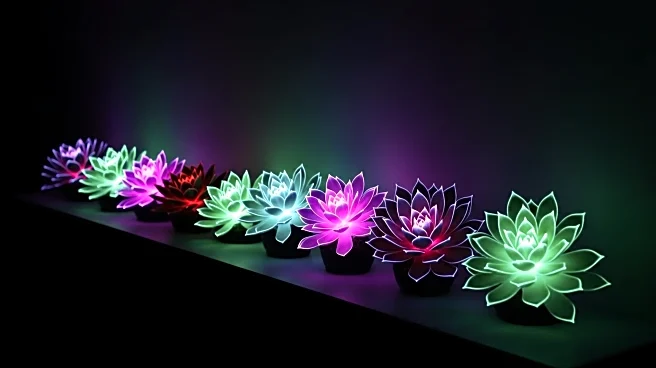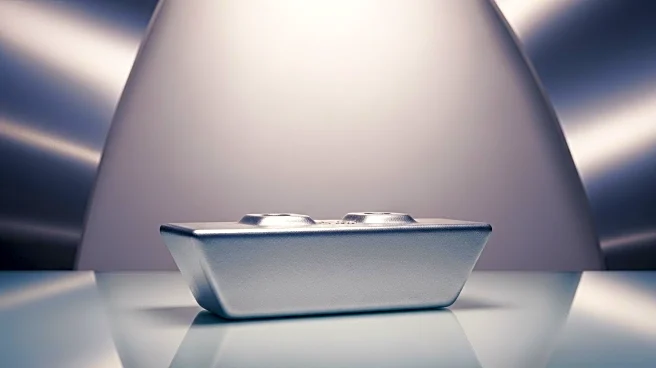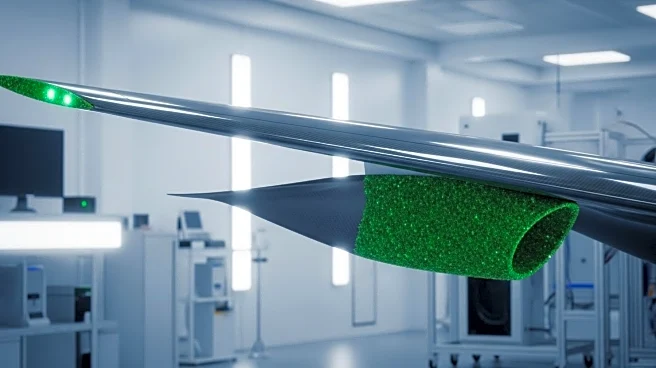What is the story about?
What's Happening?
Researchers at Singapore's Nanyang Technological University, led by Nam-Joon Cho, are exploring innovative uses for pollen, traditionally seen as a nuisance or waste product. By transforming pollen's tough outer shell into a pliable microgel, the team has developed a method to create eco-friendly materials such as paper, film, and sponges. This process involves treating pollen with an alkaline solution, which alters its surface chemistry, making it absorbent and flexible. The resulting material can be used in various applications, including smart actuators and wearable health trackers. The research highlights pollen's potential as a sustainable alternative to traditional materials, with the added benefit of being UV-protective.
Why It's Important?
This development could significantly impact industries reliant on traditional paper and plastic products by offering a sustainable alternative. Pollen-based materials require fewer resources to produce, potentially reducing environmental impact. The ability to reuse pollen-derived paper through simple alkaline washes further enhances its sustainability. This innovation could lead to a shift in manufacturing practices, promoting eco-friendly solutions and reducing reliance on resource-intensive processes. Additionally, the versatility of pollen-based materials opens up new possibilities in technology and healthcare, potentially leading to advancements in smart devices and drug delivery systems.
What's Next?
The research team plans to address challenges related to scaling up production and ensuring the economic viability of pollen-based materials. Further studies will focus on optimizing the production process and exploring additional applications. As the technology matures, collaborations with industry partners could facilitate the commercialization of pollen-based products. The success of this initiative may inspire further research into other natural materials, driving innovation in sustainable manufacturing.
AI Generated Content
Do you find this article useful?















